Croton Flower: What Now?
BloomingBecca
11 years ago
Featured Answer
Comments (106)
tropicbreezent
4 years agopetrushka (7b)
4 years agolast modified: 4 years agoRelated Professionals
Vernon Hills Landscape Architects & Landscape Designers · Springfield Landscape Contractors · Canby Landscape Contractors · Chattanooga Landscape Contractors · Choctaw Landscape Contractors · Oak Harbor Landscape Contractors · Rockville Landscape Contractors · Selden Landscape Contractors · Thornton Landscape Contractors · Tinton Falls Landscape Contractors · West Covina Landscape Contractors · Clearfield Landscape Contractors · Lomita Interior Designers & Decorators · Wareham Interior Designers & Decorators · Channahon HandymanDebbie Warzynski
4 years agogardengal48 (PNW Z8/9)
4 years agoDebbie Warzynski
4 years agoNate B
4 years agolast modified: 4 years agoDebbie Warzynski
4 years agoMarlene Menc Kosobucki
4 years agoDebbie Warzynski
4 years agovilmavnc
4 years agolast modified: 4 years agopetrushka (7b)
4 years agolast modified: 4 years agoRuss1023 (central Fla)
4 years agolast modified: 4 years agoRuss1023 (central Fla)
4 years agovilmavnc
4 years agoRuss1023 (central Fla)
4 years agolast modified: 4 years agoRuss1023 (central Fla)
4 years agomamashechka
3 years agoKarenS, NYC
3 years agoRuss1023 (central Fla)
3 years agolast modified: 3 years agomamashechka
3 years agopetrushka (7b)
3 years agolast modified: 3 years agomamashechka
3 years agoHU-346889236
3 years agolast modified: 3 years agoRuss1023 (central Fla)
3 years agomamashechka
3 years agoKarenS, NYC
3 years agoHU-977141046
3 years agopetrushka (7b)
3 years agoladas
3 years agoshalini Reddy
3 years agolast modified: 3 years agoRuss1023 (central Fla)
3 years agolast modified: 3 years agoshalini Reddy
3 years agopetrushka (7b)
3 years agoRuss1023 (central Fla)
3 years agolast modified: 3 years agopetrushka (7b)
3 years agolast modified: 3 years agoRuss1023 (central Fla)
3 years agolast modified: 3 years agopetrushka (7b)
3 years agolast modified: 3 years agopetrushka (7b)
3 years agolast modified: 3 years agoScott
3 years agoRuss1023 (central Fla)
3 years agolast modified: 3 years agoScott
3 years agoRuss1023 (central Fla)
3 years agolast modified: 3 years agoScott
3 years agolast modified: 3 years agoHU-699354727
2 years agoRuss / Central Fla Z9b
2 years agoRuss / Central Fla Z9b
2 years agolast modified: 2 years agoMarlene Menc Kosobucki
2 years agoMarlene Menc Kosobucki
2 years agoRuss / Central Fla Z9b
2 years agolast modified: 2 years agoBalcony Botanist
last yearlast modified: last year
Related Stories

GARDENING AND LANDSCAPINGHouzz Survey: See What Homeowners Are Doing With Their Landscapes Now
Homeowners are busy putting in low-maintenance landscapes designed for outdoor living, according to the 2015 Houzz landscaping survey
Full Story
SAVING WATER6 Reasons Why You Should Save Your Rainwater Now
Collect and store during the rainy season so you’ll have water ready for irrigation when you need it
Full Story
LANDSCAPE DESIGNEnergy Now: Designing a Garden That Gets You Going
Serenity has its place, but a garden that recharges and motivates you can be a beautiful thing
Full Story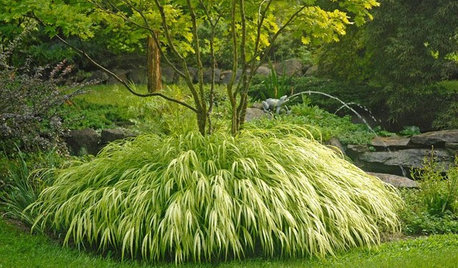
PRODUCT PICKSGuest Picks: 20 Gorgeous Perennials to Plant Now
Take advantage of warm spring weather to create a colorful garden with blooming plants, succulents and ornamental grasses
Full Story
BEDROOMSTrending Now: 25 Bedrooms We’d Love to Fall Asleep In
Looking for a comfortable and calm space? Consider some of the most popular new bedroom photos on Houzz
Full Story
DECORATING GUIDES10 Inspired Ways to Refresh Your Mantel Now
Postholiday blahs don't stand a chance on your mantel when you incorporate these ways to accessorize and light it
Full Story
EDIBLE GARDENSA Formerly Weedy Lot Now Brims With Edibles and Honeybees
Photographers transform their barren backyard into an oasis filled with fruit, vegetables, honey, eggs and more
Full Story
DECORATING GUIDESHow to Love Your Kitchen More, Right Now
Make small changes to increase the joy in your kitchen while you cook and bake, without shelling out lots of dough
Full Story
BACKYARD STUDIOS12 Garden Sheds and Cottages We Love Now
Get inspiration from these inviting backyard spaces that house offices, guest quarters, garden storage and more
Full Story
BUDGET DECORATINGBudget Decorator: 15 Fun Thrifted Finds to Score Now
Show holiday guests your ingenuity and design flair with these easy-to-find vintage and repurposed pieces for the home
Full Story





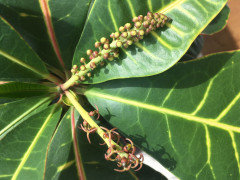
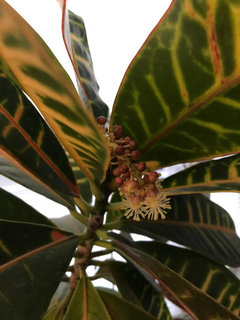
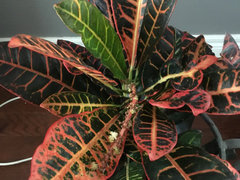

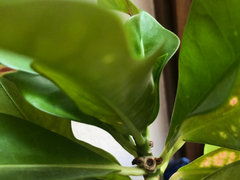

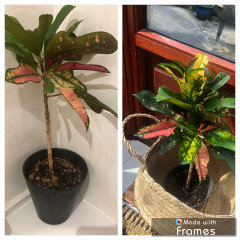



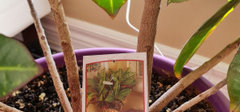

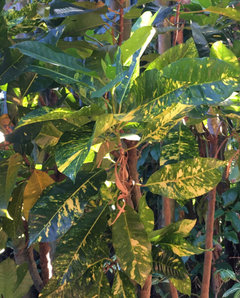


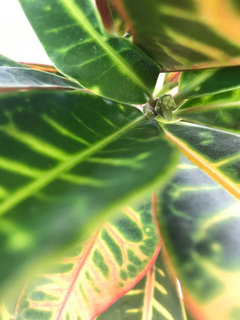





adampollack